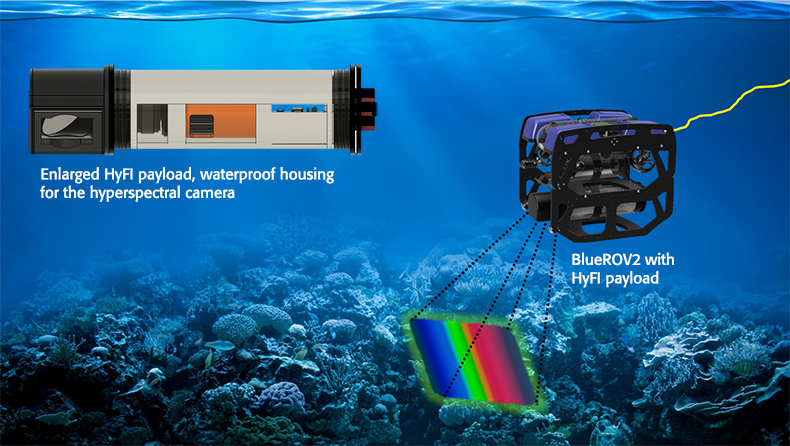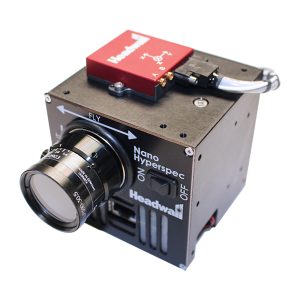Investigating Coral Reefs with Hyperspectral Imaging
Coral reefs play a pivotal role in our planet’s ecosystem. They provide a habitat for huge populations of fish, which in turn act as prey for ocean predators and a food source for the world’s population. Corals regulate and release nutrients into their surroundings, which are crucial for the ocean’s health and its inhabitant’s survival.
The importance of the health of Coral Reefs is also imperative for economic purposes as well as ecological. Over 275 million people have a direct reliance on the products and byproducts of coral reefs, their reliability includes the reef as a food source and a source of income through touristic excursions such as scuba-diving and deep sea fishing. Australia reports an annual income of over A$6.4 billion dollars because of the Great Barrier reefs ability to bring tourists to the country from all over the world. However, the Great Barrier Reef is degrading rapidly, leaving Australia’s economic future in turmoil.

The Great Barrier Reef is not the only reef suffering from bleaching and disease. Reef degradation was first reported in 1970, in locations such as the Caribbean, The Red Sea and the Indian Ocean. The degradation of the reefs saw a plummet in fish stocks, a rise in heat stress and the increase of ocean acidification. Studies have shown this is a result of anthropogenic activity, which explains the extreme rise in reports of coral disease from 20% above the norm to 80% within a 3-year period.

Researchers at the University of Bristol have conducted studies to accurately diagnose and quantify coral bleaching and disease, by doing this they can calculate the increase of these afflictions and correlate them with the rise in external influencers such as CO2 emissions and pollution. The researchers use headwall hyperspectral sensors (referred to as a HyFi payload) mounted on an underwater drone to gather hyperspectral data from the coral. Their goal is to create these hyperspectral underwater drones and deploy them across multi Coral Reefs around the world. To read the article in full, click the button below:
Headwall Hyperspectral Imaging Sensors

Headwall Photonics’ imaging spectrometers and spectral instrumentation have been proven to deliver excellent results for industrial, commercial, and government markets. Headwall’s high-performance spectrometers, spectral engines, and holographic diffraction gratings have been selected by OEM and end-user customers worldwide for use in their critical application environments.
Headwall’s Hyperspectral sensors are exceptionally small, light, and optically precise. Standard Micro-Hyperspec has versions for the VNIR (380-1000nm), Extended VNIR (550-1700nm), NIR (900-1700nm) and SWIR (900-2500nm) spectral ranges. This provides extremely high diffraction efficiency in its VNIR, NIR and SWIR versions.


